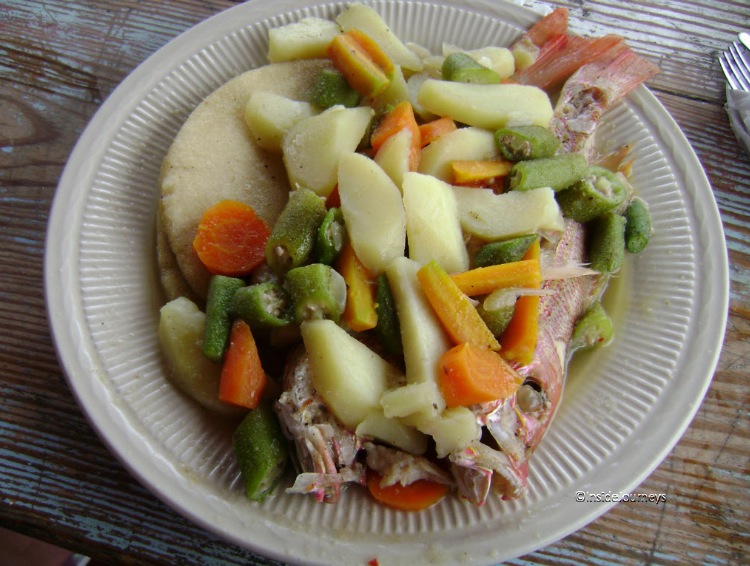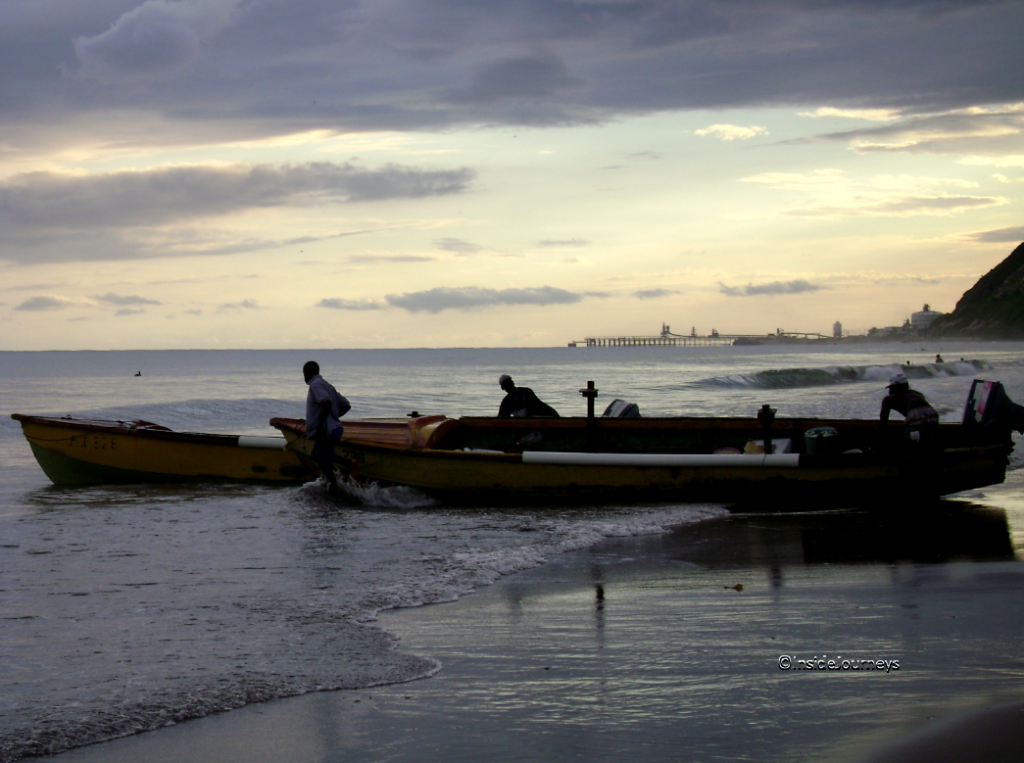Following the recently concluded Caribbean Tourism Summit in Montego Bay, the Jamaican government announced that it had revised its proposed tax on the tourism sector.
Under the tax plan announced on May 24th by Finance Minister, Dr. Peter Phillips, hotels would be charged an accommodation tax from US$2 to US$12, depending on the number of rooms they had, while starting August 1, arriving passengers would be charged US$20.
The proposed tax would bring in J$6 billion from the tourism sector to help close the J$19 billion shortfall in the 2012/13 budget.
Tourism stakeholders were outraged over the announcement.
Former tourism minister, now opposition spokesman on tourism, Ed Bartlett, called the move “ill-advised and punitive” and cautioned that it would “damage the only sector in Jamaica that has shown consistent growth over the last five years.”
The Jamaica Hotel and Tourist Association (JHTA) also expressed its disappointment at the government’s decision and through a technical working group, put forward alternatives, including an environmental tax on cruise ship passengers.
The revised tax was reduced to US1, for accommodations with less than 51 rooms; US$2 for 51-200 rooms and US$4 for those with 101 rooms or more. Accommodations with more than 200 rooms saw the biggest cut from US$12.
Other Tourism Tax Woes
Under the recently passed Airport Administration Charge Act 2012, passengers traveling to the Caribbean island of Antigua will see an additional US93.75 (up from US$63.75) added to their airfare.
Another issue discussed at the CTO Summit was the Air Passenger Duty (APD), a tax assessed by the British government on travelers to the region. The APD, which has been in place since 1994, taxes countries in groups based on the distance of their capital cities from London. The tax for travelers to the Caribbean rose last November from £50 (US$78.54) to £75 (US$117.92), and again in April to £81 or US$127.20.
Caribbean tourism officials argue that the increase puts the region at a competitive disadvantage. Their arguments, however, have not found traction with the British government.




























